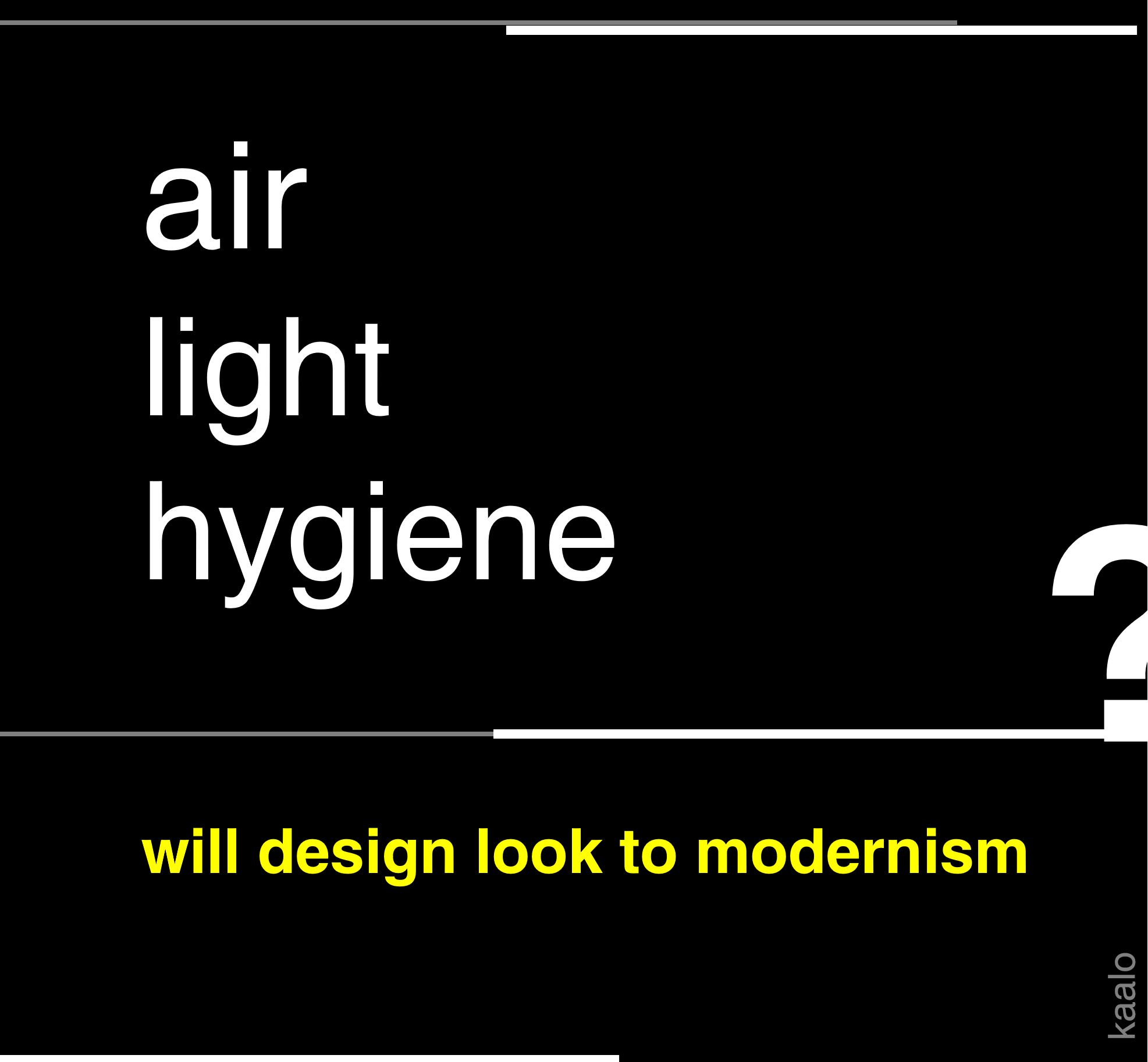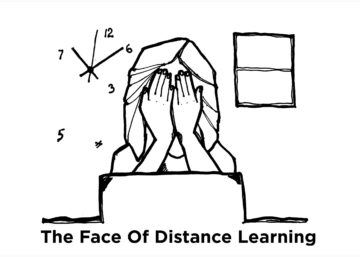The bubonic plague, also known as the “Black Death,” ravaged the world and took 75-200 million lives over 7 years in the early 14th century. Since then, we have witnessed many other crushing pandemics: the 1918 flu pandemic, the cholera pandemic, AIDS, and currently, Covid-19. Each of them magnified social and economic disparities and inequities. The world changed drastically as a result, compelling city planners, health officials, architects, and governments to respond and evolve. The bubonic plague’s massive death toll changed the fabric of Europe and put an end to serfdom. It prompted urban improvements — the correction of stifling living spaces, development of open urban spaces and quarantine quarters — and slowly ushered in the Renaissance era.
Similarly, cholera and yellow fever outbreaks in the 18th century advanced the case for broader boulevards, citywide sewerage, and indoor plumbing. The aftermath of the flu pandemic of 1918 (which began in the middle of the WW1), tuberculosis, typhoid, polio, and the flu pandemics of the 20th century spurred significant reform in the design of living and urban spaces. Urban planners now prioritized open spaces, waste management, zoning that separated commercial and residential areas, and covered sewers. The insides of homes changed as well with the advent of powder rooms for visitors; vestibules separating the main home from the outside; sleeping porches for fresh air and recuperating; white kitchen tiles to reveal dirt; easy-to-clean linoleum floors; closets; and tiled bathrooms.
Around this same time, a revolution of new materials — glass, steel and reinforced concrete — fueled a design movement called modernism. Its overarching principle, “form follows function,” meant design should derive directly from purpose. In architecture, it translated into airy spaces full of light, flat terraces, clean lines, undecorated furniture, and sterile (therefore safe) interiors. Simplicity of forms, visual weightlessness and a lack of ornamentation was a stark departure from the previous aesthetic with its ornate and carved furniture, rugs, and armoires. These were difficult to clean, collected dust and were understood to spread disease. Modernist designers used materials like bent plywood and tubular steel that were washable and lent themselves to efficient use and easy maintenance. Sanatoria, where tuberculosis patients were treated before the availability of antibiotics, were examples of minimalist modernism built with straight lines, uncluttered spaces, and airy interiors on the principle that disease could be treated with air, light, and hygiene.
Now, designing with infectious disease in mind is back in the forefront, and it raises important questions for future practice: Are we going to see a new design movement post-Covid-19 that revitalizes modernism and leans on minimalism?
Introspection of what is vital during a lockdown has forced us to learn to live without much of that which we considered essential, and we may not want to return to those practices. Home features that help stop the spread of disease and support mental and physical health will be at the top of our minds again. The vestibule may return, separating the inner sanctum of the home from visitors. Perhaps it will house a sink and washing area for humans and pets. The door would have a safe receptacle for deliveries via humans or robots — something increasingly necessary as retailers continue to shut down and consumer behavior changes.
And if remote working is here to stay and proximity to one’s job is no longer a criterion, then how might our living choices change urban spaces, cities and suburbs? Taking cues from the past global health crises and paying attention to changing preferences, how will our criteria for design change with Covid -19?


